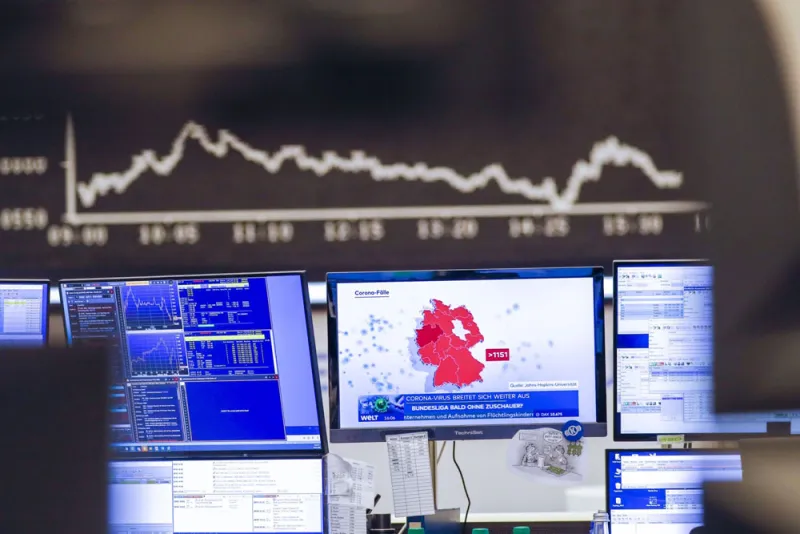There’s a mismatch between what investors say they believe and what they actually do with their portfolios.
A new study from the National Bureau of Economic Research serves up a rare real-time analysis of how the stock market crash in March shaped investors’ expectations about the market and their subsequent trading behavior.
“There are many studies on investors’ beliefs and many studies on trading. But, there’s no study to link the two,” said Stefano Giglio, professor of finance at Yale School of Management and one of the authors of the paper, called “Inside the Mind of a Stock Market Crash.”
“The main results were striking,” Giglio said in an interview with Institutional Investor. As one example, he noted that investors’ overall beliefs about the probability of a large stock market drop went up enormously from 4.5 percent to 8 percent between February and April, while the perceived likelihood of a GDP disaster went up from 5 percent to 8.5 percent.
Researchers surveyed investors about their views of the market and economy in February, before the Covid-19 crash and near the market’s record high. They polled investors again in March near the low as the pandemic shut down global economies, and in April when markets had recovered much of the initial loss. The researchers then looked at investors’ actual trading behavior over the period.
Among other results, the study found that investors who were the most optimistic sold the biggest share of their stock holdings between February and March. In line with the selling, the optimistic group of investors experienced the biggest decline in their expectations for the future. Pessimists, on the other hand, sold the smallest slice of their stocks during the same time period.
[II Deep Dive: The Damning Data on Institutional Mistakes]
About half of the investors who were pessimistic before the crash got more bullish in their attitudes toward the market in March and April, according to the study.
“Optimists changed their minds the most and they get out of equities the most. But it’s striking that those who do trade, don’t trade strongly,” Giglio said.
Why didn’t investors act when their beliefs about the market changed? “Maybe they aren’t paying attention, maybe they don’t want to pay capital gains on winners, or maybe it’s the high mental cost of figuring out the right thing to do,” Giglio suggested. “I might be pessimistic or optimistic, but not confident about the next steps.”
The professor added that the researchers are considering future studies to determine the reasons behind investors’ inaction. While it’s generally good not to sell securities during a crash, investors need to be willing to take positive steps such as rebalancing or cutting risks when they need to. “We want people to have a portfolio that reflects their beliefs,” Giglio said. “You don’t want people to drift way from an optimal portfolio because they aren’t paying attention, for example.”
The study also found that both optimists and pessimists were bullish on a long-term recovery. In February, investors expected ten-year returns to be 6.9 percent annually. By April, they expected 7.2 percent annualized growth. Similarly, investors expected 10-year GDP growth to be 3.1 percent in February. By April, their expectations had grown to 3.5 percent per year.







